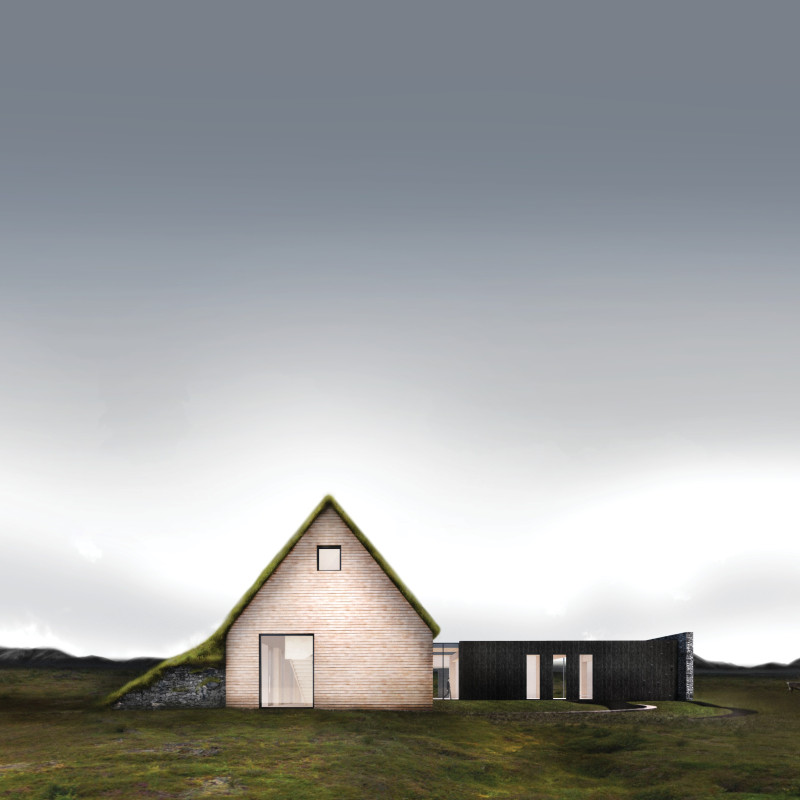5 key facts about this project
The Hverfjall Museum is located near the Hverfjall volcano in Iceland. Its purpose is to serve as a cultural space where visitors can explore the geological and historical significance of the region. The design concept aims to create a strong connection between the building and its natural surroundings. By thoughtfully integrating local resources and sustainable methods, the museum encourages visitors to engage with the landscape and appreciate the unique characteristics of the site.
Architecture Concept
The architecture emphasizes a relationship between the built environment and the landscape. By using earth taken directly from the site, the building becomes part of its surroundings, inviting visitors to admire the beauty of Hverfjall and the nearby parkland. This approach enhances the educational mission of the museum, encouraging visitors to form a connection with Iceland's rich geology and history.
Design Elements
Traditional architectural forms are extended and reinterpreted throughout the design. The use of elongated shapes reflects local building practices, while circular stone enclosures define entry pathways leading into the museum. A skylight in the main gallery allows soft natural light to brighten the interior and offers views of the volcano outside, inviting a sense of connection between the exhibits and the landscape.
Material Selection
Materials have been chosen with sustainability in mind. The west elevation consists of stone sourced from the site, providing protection against harsh winds and allowing natural light to enter. Low-carbon concrete is used for the base slab and footings, supporting the museum's environmental goals. Cross-laminated timber panels and glulam beams create a structural framework capable of accommodating large open spaces within the gallery.
Sustainable Practices
The museum features a rainwater management system that captures runoff from the roof and stores it underground for future use. This strategy aligns with principles of ecological design and promotes efficient water management on the site. By integrating these systems, the museum prioritizes sustainability while enhancing its overall functionality.
A rock-climbing wall grants access to the turf roof, adding an interactive component to the design. This feature not only engages visitors but also encourages them to connect with both the architecture and the surrounding landscape.























































